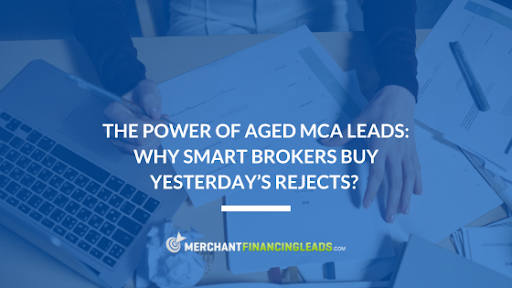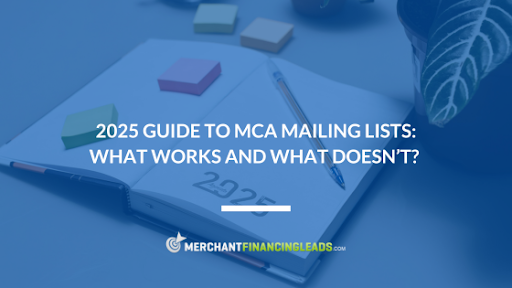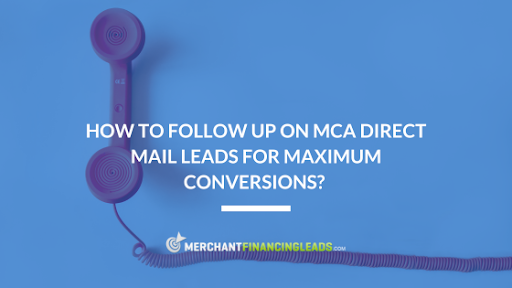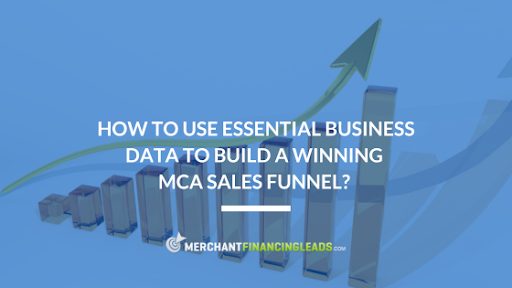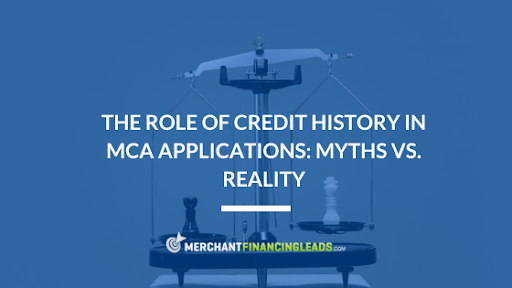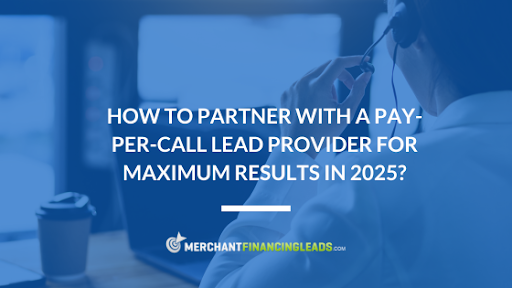Are you spending too much on your working capital leads? Still not getting the results you expected? Then this blog post is for you!
Businesses need working capital to cover their daily operational expenses. Such leads are lifeblood for MCA marketing experts, and they do not bother investing necessary funds into them. But here is the catch: not all leads convert into sales. And it stings even more when you have spent a large portion of your budget.
If you are new to the concept, you can read our beginner’s guide to working capital leads. But for now, stick with us as we walk you through the most common mistakes that silently drain your budget.
The Most Common Pitfalls to Avoid in Working Capital Leads
Here, we have listed the top 7 mistakes MCA marketing professionals make and how they can avoid them:
1. Holding on to Low-Intent Leads
Many leads fill out forms without any real intent to secure funding. And in some cases, they may not even qualify for it. While it’s natural to hope for conversions, investing time and money into unqualified leads only drains resources.
The Solution—You can work with trusted providers of working capital live transfers that pre-qualify leads based on intent, credit score, and business size.
2. Collecting Leads Blindly
Many MCA firms get tempted by volumes. They keep filling out their database with long lists, hoping that means better results. But in reality, chasing large batches of cheap leads often results in lower closing rates.
The Solution—Monitor conversion metrics, not just lead count. Continuously refine your criteria to target more responsive segments.
3. Poor Follow-Up Methods
A consistent and intentional follow-up is an art. It could drastically increase the working capital lead conversion rate. When you delay taking a follow-up, it can lead to lost opportunities and bleed the budget.
The Solution—Implement an automated lead routing system to act the right way. It’s important to follow up within minutes of receiving a lead, especially if it’s a working capital live transfer.
4. Not Nurturing Non-Ready Leads
Most prospects want to seek credibility before moving forward. If you fail to stay on their radar or give them reasons to choose you, you risk losing potential deals.
The Solution—Build relationships, not just close deals. You can share helpful content and set up a lead nurturing sequence with personalized messages, emails, and retargeting ads.
5. Relying on Outdated Data
Another costly mistake you might be making is using stale data. Essential business data can drive a winning sales strategy. It’s important to know which businesses are no longer operating and are out of service.
The Solution—Regularly verify and validate stored data. Invest in merchant lead providers that can give you clean lead lists.
6. Unaligned Marketing and Sales Team
The lack of regular and clear communication between sales and MCA marketing teams is not a good sign. If the marketing team generates leads that are not relevant, they could sabotage the entire process.
The Solution—Establish clear feedback loops and regular meetings to check if both parties are on the same page. Based on the input, they can make adjustments.
7. Ignoring Lead Segmentation
Sending the same messages will not engage all working capital leads. Your prospects belonging to different industries have different credit profiles and unique funding needs.
The Solution—Segment your leads by their interests, businesses, location, and working capital urgency. It’s better to align your outreach and sales scripts with their pain points.
At Merchant Financing Leads, we team up with you to find real-time, qualified leads that remember you when it’s time to fund. Get a list of live transfer leads interested in working capital funding. Let us be the fuel that drives your MCA business.
Connect with us today to learn more.

